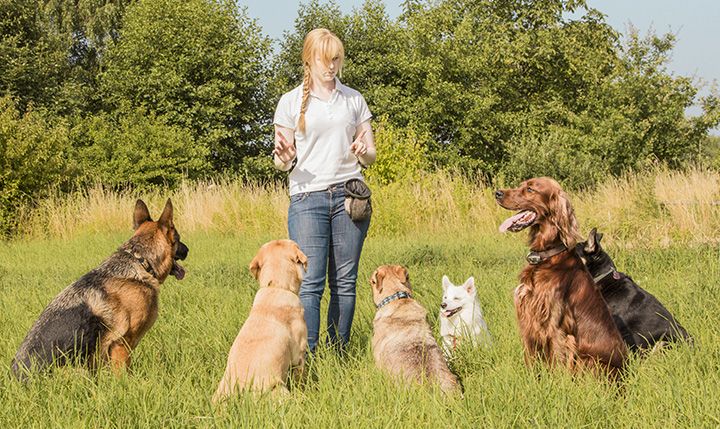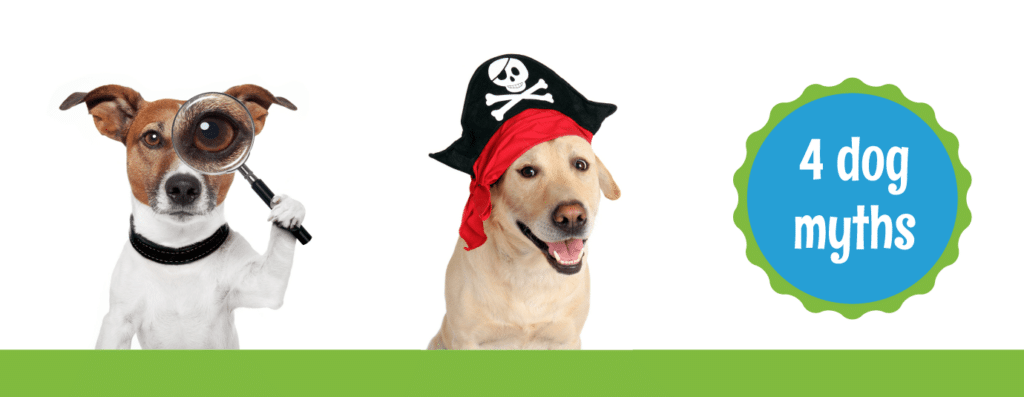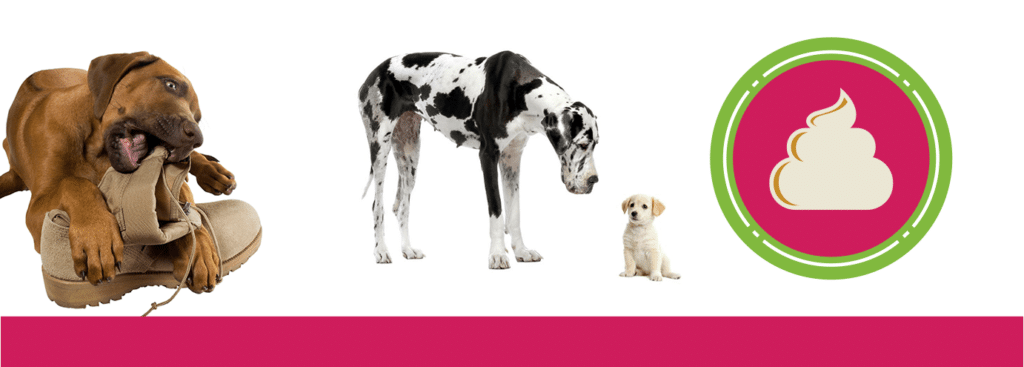Varying Schools of Thought Conflict with Dog Training and Have Publicized Backward Myths On Pet Health
The ancestors of our pets—the domesticated dog—are wolves but observing wolves in the wild and translating these scientific observations into dog training is not always helpful. Dogs, Canis lupus familiaris, are different from wolves, the Canis lupus. It is important to no difference when training your dog and knowing good decisions for their pet health.
Official taxonomy of the animal is disputed, but what is clear is that there is a difference between dingos, jackals, wolves, and other carnivorous dog-like species and the dogs we keep as pets.
The first instance of domestication happened roughly around 15,000 years ago. Since then, dogs have become far different creatures than their wild counterparts. Understanding domesticated dogs through the lens of wolf observation, popular media, and quick-fix dog training has brought about various myths on pet health and dog training.
This pet health article helps to illuminate three of those myths through the most recent animal behaviorists studies.
Myth 1; Dogs are Dominant Creatures
Many people believe that when a dog walks through a door first, pulls on their leash, growls when you take their bone away, or sleeps in your bed are signs of them exerting dominance as the alpha pack leader.
This is just not true.
Dogs do need effective leadership for dog training and maintaining proper pet health, but misbehavior is not a sign that your dog is trying to dominate you.
Dogs look to humans for safety, security, and love. When their behavior is \”unacceptable\” like rummaging through the trash when you are gone, this is a sign of hunger or boredom. Not an act of purposeful defiance.
The most productive and loving way to train your dog is to establish common ground with them. Develop a mutual trust and communication methods that establish boundaries, preserve pet health, and ignores unwanted behavior.
Corporal punishment of a dog is animal abuse.
Myth 2; Only Male Dogs \”Hump\”
Anyone who has owned a playful female dog knows this is not true.
Female dogs hump too. Some theorize that this is an act of domination—showing the dog who is displaying \”submissive\” behavior who is top dog.
More recently, animal behaviorists have observed dogs at play in dog parks. They believe that dog humping is a sign of playfulness. The same stance a dog takes when their forelegs are bent, almost as if they\’re bowing, and their tail is wagging. It\’s an iconic pose that is indicative of wanting to play.
Footage of dogs displaying ‘submissive’ behavior, who then turn around and display ‘dominance’ behavior by humping and vice versa. If one followed outdated dominance theories this would suggest a struggle for power, instead of just two dogs playing.
As more data is collected, scientists are beginning to understand even more about dogs and the differences between pre-domesticated instincts and learned behaviors through domestication.
Many have incorporated dog training that teaches them not to hump because we view this as a sexual or dominating behavior. The problem with this is that spayed and neutered dogs still hump, female dogs hump, and it is most likely a playful act.
If your dog begins to hump re-focus their behavior instead of scolding them.
Myth 3; Dogs Only Eat Grass When Sick
Again this goes back to scientists observing wolves eating grass in the wild. It is believed that wolves do this to maintain the amount of fiber in their diet since they are almost completely carnivorous. Fiber helps with regulating their digestion.
Veterinarians also know that when dogs ingest a large amount of grass this induces vomiting. This is why some have come to believe that dogs are doing this purposefully when they are sick.
However, it is more commonly believed in the scientific community that dogs eat grass, well, because they just like it. They enjoy the taste. The same can be true of anti-freeze. Dogs enjoy the taste of it, even though it\’s deathly toxic to them.
Proper dog training will probably involve getting your dog to not eat grass. If a dog over-ingests grass this will result in a visit to the veterinarian. But don\’t worry if you catch your dog nibbling on grass. It does not mean they are sick. It simply means they just want a little tasty snack.
Splash and Dash Groomerie & Boutique believes in loving dog training methods that apply science and rationality over dominance and inhumane methods. Please love your dogs. They love you.
Follow Splash and Dash Groomerie & Boutique:
- Website: http://splashanddashfordogs.com/
- Website: https://splashanddashfranchise.com/
- Facebook: https://www.facebook.com/splashanddashfordogs/
- Instagram: @splashanddashfordogs
- LinkedIn: https://www.linkedin.com/in/dan-j-barton-622ab517
- Twitter: splashanddash4dogs



